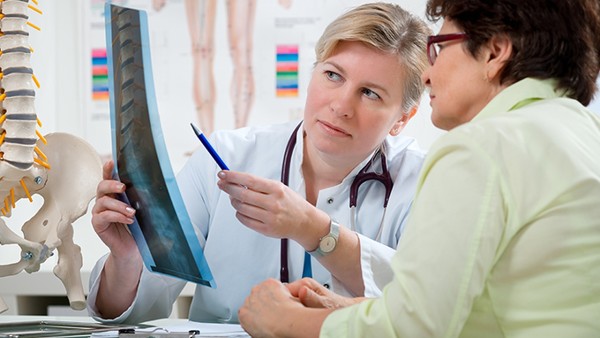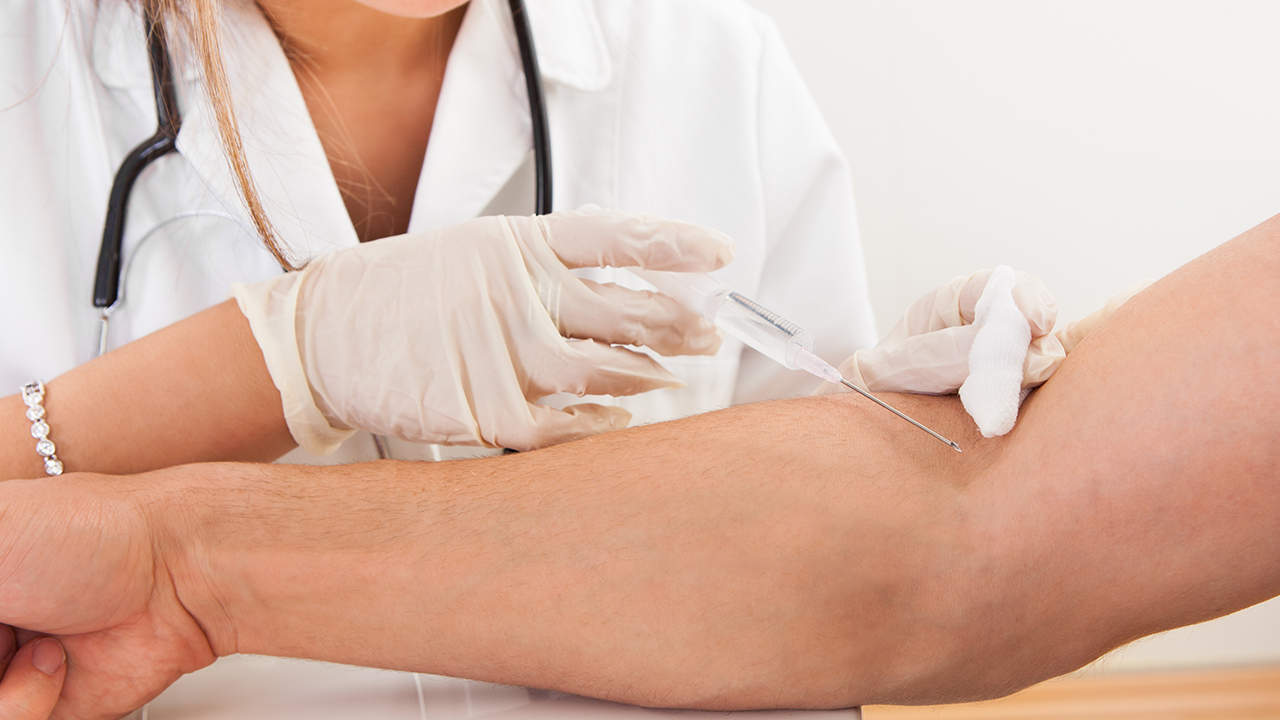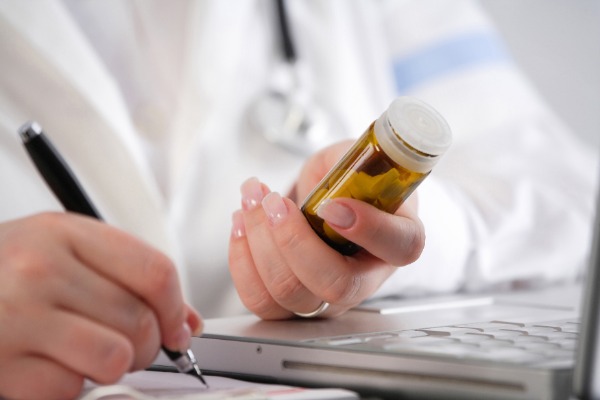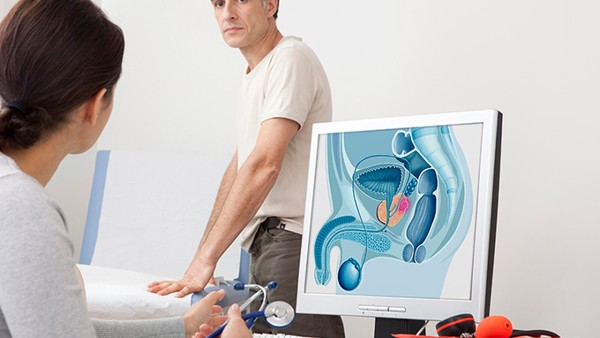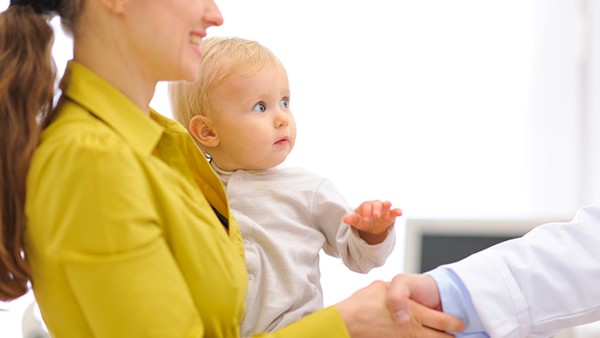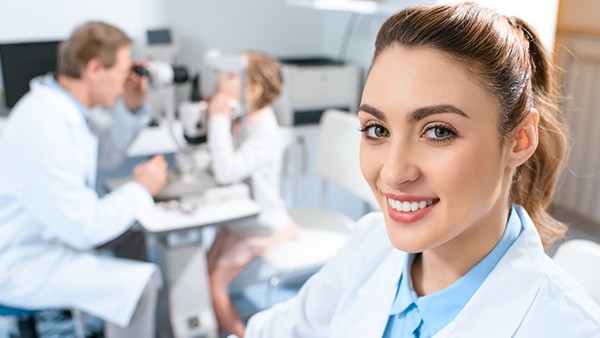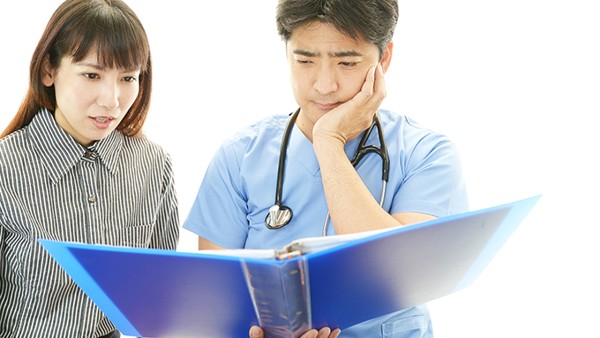What Not to Eat After Circumcision
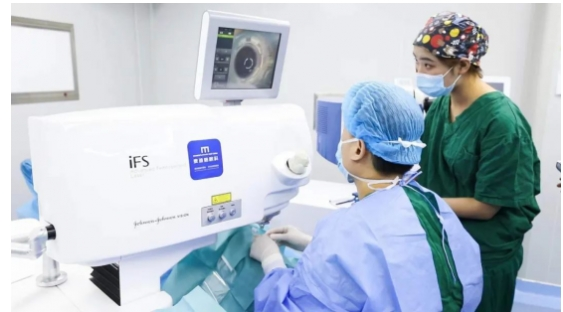
Circumcision is a surgical procedure that removes the foreskin from the penis. It is typically performed on newborn babies, but it can also be done later in life for medical or religious reasons.
After circumcision, it is important to follow your doctor's instructions on how to care for the wound. This includes eating a healthy diet to promote healing.
Foods to Avoid After Circumcision
There are certain foods that you should avoid after circumcision to help prevent infection and promote healing. These foods include:
Spicy foods: Spicy foods can irritate the circumcision wound and slow down healing.
Acidic foods: Acidic foods, such as citrus fruits and tomatoes, can also irritate the wound.
Hard foods: Hard foods, such as nuts and seeds, can be difficult to chew and may put pressure on the wound.
Chewy foods: Chewy foods, such as gum and candy, can stick to the wound and cause irritation.
Sticky foods: Sticky foods, such as honey and syrup, can also stick to the wound and cause irritation.
Foods to Eat After Circumcision
Instead of the foods listed above, you should eat foods that are soft, bland, and easy to digest. These foods include:
Yogurt: Yogurt is a good source of protein and calcium, which are both important for healing. It is also soft and easy to digest.
Applesauce: Applesauce is a good source of fiber, which is important for maintaining a healthy digestive system. It is also soft and easy to digest.
Mashed potatoes: Mashed potatoes are a good source of carbohydrates, which are needed for energy. They are also soft and easy to digest.
Oatmeal: Oatmeal is a good source of fiber and protein. It is also soft and easy to digest.
Soup: Soup is a good source of fluids and nutrients. It is also soft and easy to digest.
Other Tips for Eating After Circumcision
In addition to eating a healthy diet, there are other things you can do to help promote healing after circumcision. These include:
Drink plenty of fluids: Fluids help to flush out bacteria and promote healing.
Get plenty of rest: Rest helps your body to heal.
Avoid strenuous activity: Strenuous activity can put pressure on the wound and slow down healing.
Change your bandage regularly: Your doctor will tell you how often to change your bandage. It is important to change it regularly to keep the wound clean and dry.
When to See a Doctor
If you experience any of the following symptoms after circumcision, you should see a doctor:
Fever: A fever is a sign of infection.
Pain: Pain that is severe or does not improve after a few days.
Redness or swelling: Redness or swelling around the circumcision wound.
Pus: Pus is a sign of infection.
Bleeding: Bleeding that is heavy or does not stop after a few minutes.
What Not to Eat After Circumcision
Spicy foods: Spicy foods can irritate the circumcision wound and slow down healing.
Acidic foods: Acidic foods, such as citrus fruits and tomatoes, can also irritate the wound.
Hard foods: Hard foods, such as nuts and seeds, can be difficult to chew and may put pressure on the wound.
Chewy foods: Chewy foods, such as gum and candy, can stick to the wound and cause irritation.
Sticky foods: Sticky foods, such as honey and syrup, can also stick to the wound and cause irritation.
Foods to Eat After Circumcision
Yogurt: Yogurt is a good source of protein and calcium, which are both important for healing. It is also soft and easy to digest.
Applesauce: Applesauce is a good source of fiber, which is important for maintaining a healthy digestive system. It is also soft and easy to digest.
Mashed potatoes: Mashed potatoes are a good source of carbohydrates, which are needed for energy. They are also soft and easy to digest.
Oatmeal: Oatmeal is a good source of fiber and protein. It is also soft and easy to digest.
Soup: Soup is a good source of fluids and nutrients. It is also soft and easy to digest.
Other Tips for Eating After Circumcision
In addition to eating a healthy diet, there are other things you can do to help promote healing after circumcision. These include:
Drink plenty of fluids: Fluids help to flush out bacteria and promote healing.
Get plenty of rest: Rest helps your body to heal.
Avoid strenuous activity: Strenuous activity can put pressure on the wound and slow down healing.
Change your bandage regularly: Your doctor will tell you how often to change your bandage. It is important to change it regularly to keep the wound clean and dry.
When to See a Doctor
If you experience any of the following symptoms after circumcision, you should see a doctor:
Fever: A fever is a sign of infection.
Pain: Pain that is severe or does not improve after a few days.
Redness or swelling: Redness or swelling around the circumcision wound.
Pus: Pus is a sign of infection.
Bleeding: Bleeding that is heavy or does not stop after a few minutes.
The above is all the content that the editor wants to share with you. I sincerely hope that these contents can bring some help to your life and health, and I also wish that your life will be happier and happier.
Topic: #to #not #what

